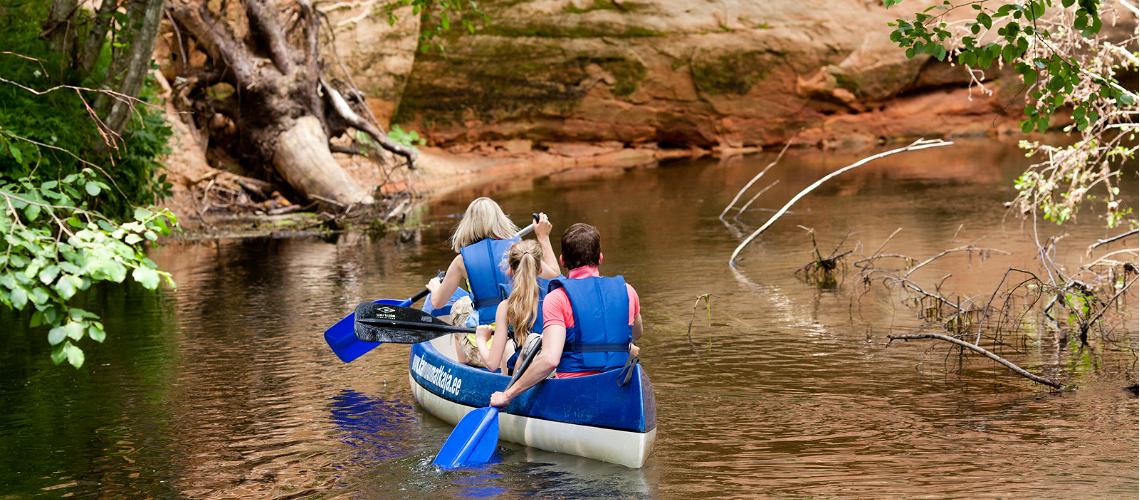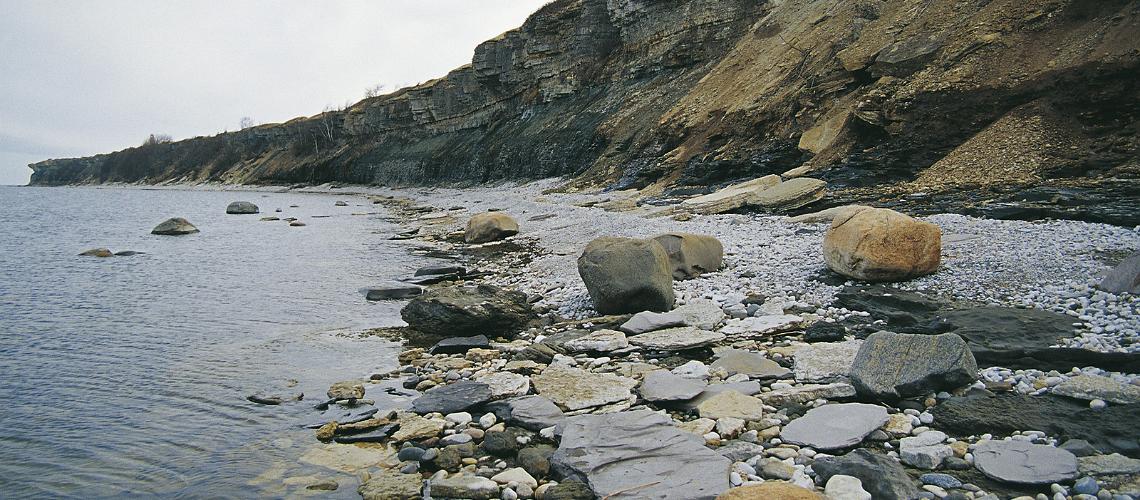While you may not think that the far-removed limestone cliffs of Estonia's coastal region have much to do with the course of history in Estonia, you would be mistaken. Limestone, and the North Estonian Limestone cliff – a part of the 1,200 km long Baltic Klint extending from Sweden to Russia - are key building blocks of Estonia's history. Literally.
As Estonia's national rock, limestone has been called 'Nordic marble' and has been used as building material for over 2,000 years. Much of Tallinn's old town – including its iconic medieval wall – and many of the fortresses and manors of the country, such as Kadriorg Palace, were built of this material. Estonian limestone was once even exported to St. Petersburg as part of the construction of one of the tsar's palaces. While Tallinn city walls and palaces offer one way to showcase Estonian limestone, seeing the rock in its original, natural form is best arranged through a visit to Northern Estonia. Most of northern Estonia is comprised of regions veined with waterways. Rivers form picturesque rapids and small waterfalls over limestone outcrops. Of the many which speckle the area, two stand out – the 32-metre high Valaste Falls, and the powerful Jägala waterfall. In the summer water flows dynamically over the rocks, while in the winter it forms exciting ice caves offering you a different way to explore these limestone features.
Older than time itself
Only once a person reaches the extremes of Estonia's limestone coast, can one bear witness to what has been described as a stone history book. Layered over 600 million years of time, the rock 'chapters' tell stories of northern coast tectonic plate movements, collisions, volcanic eruptions, the primordial tale of unearthed fossilised marine organisms and - most other-worldly of all – show surface evidence of meteorite impacts.
A place for today
In a region full of ancient history, the rocks and stones of northern Estonia still find relevance in the modern era because between the limestone layers, oil shale is abundant here. Estonia's primary source of fossil fuel is oil shale, formed of primeval algae from this region. It is considered to be one of the highest-quality sources in the world, and has made the limestone coasts, important since the beginning of history and on into the building of ancient cities - important once more in the daily functioning of modern life.
Find out how to get here, book your accommodation and nature activities today.



















